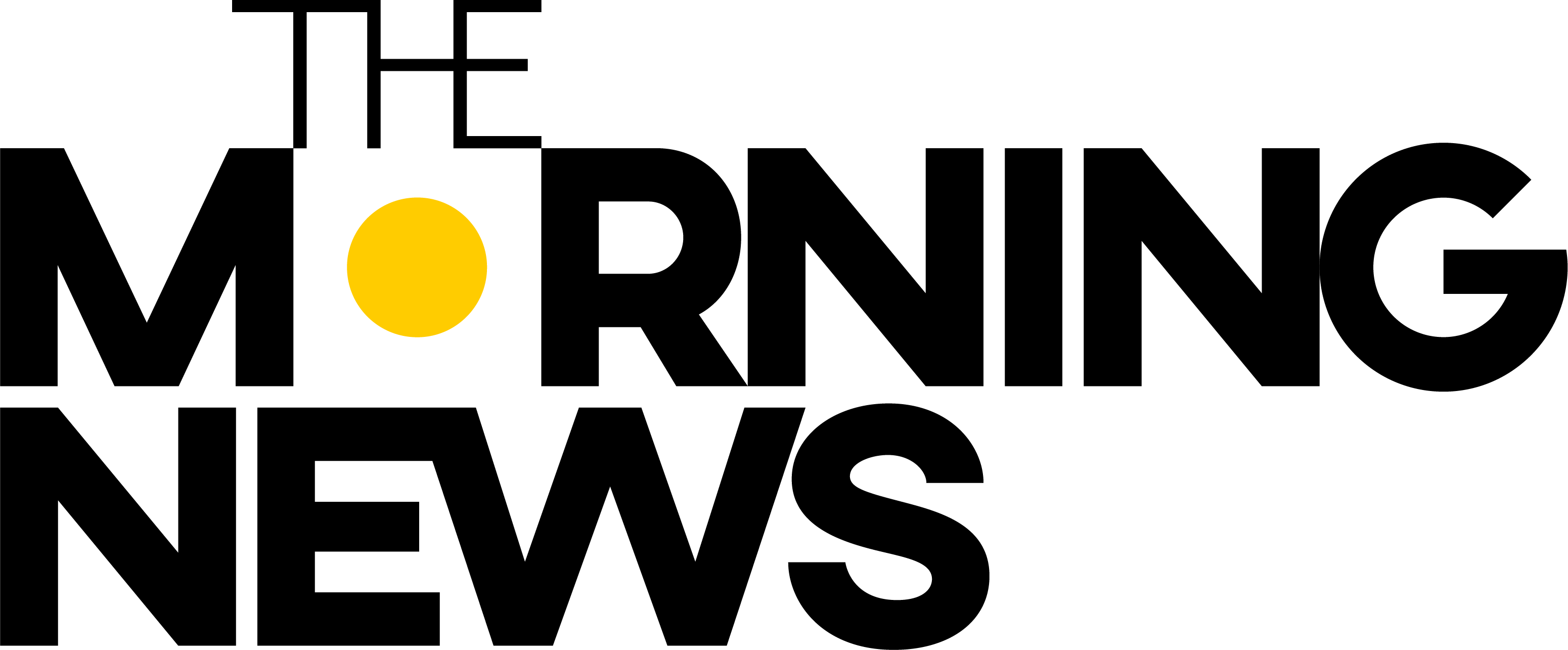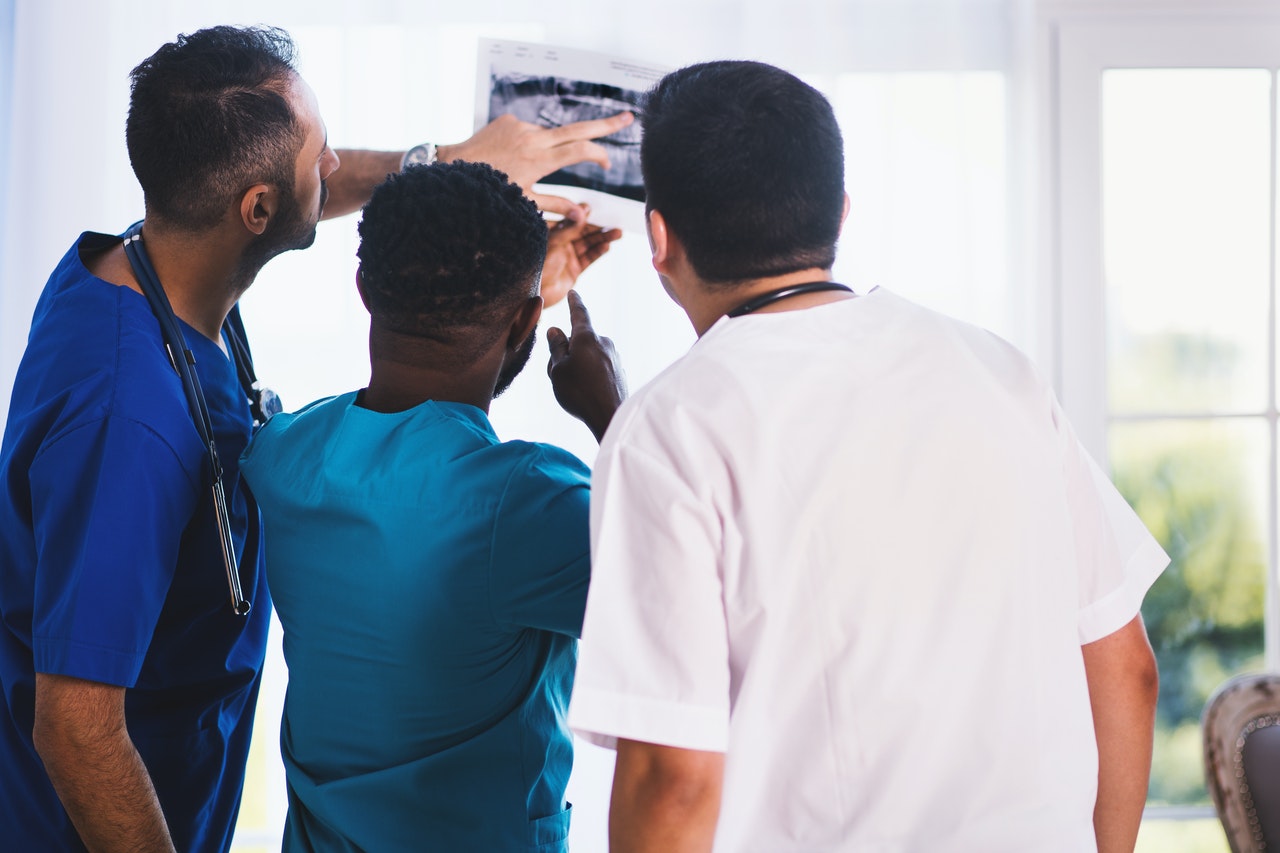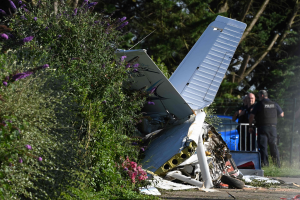When it comes to this country’s healthcare, our priorities have always been more than a little skewed. Preventative maintenance is a term foreign to many Americans; worse still is the staggering epidemic of citizens who remain completely uninsured. In the middle of a world-altering pandemic, the fact that approximately 31 million Americans (per the Congressional Budget Office) lack any real measure of health insurance is almost unforgivable.
Yet, when you consider the absurd cost associated with even the most lackadaisical, budget health insurance policy (et tu, Affordable Care Act), it starts to make sense why so many would simply go without. For workers who don’t meet a low-income threshold, it can actually be cheaper to hedge your bets going to the emergency room if a problem arises than to deal with ballooning costs and a co-pay that could leave you bankrupt, anyway.
We grapple legislatively with the ever-shifting realities of Coronavirus—how to restore a sense of normalcy and, safely, get the economy back on track. But in the midst of this laser focus to the COVID coof, we have willfully ignored a staggering host of other problems propping themselves up in the proverbial closet.
And now they’re fit to burst.
The CDC reported last September that during the pandemic, an estimated 40.9% of US adults avoided medical care due to concerns around COVID-19, including “12% who avoided urgent or emergency care” and “31.5% who avoided routine care.” These are not insignificant numbers and could lead to a host of even more pressing health concerns down the line, if or when they grow past the barrier of what could have been mitigated through preventative, routine care.
STD testing and substance abuse services have been largely gutted, as well, with funds diverted to COVID-related resources. And while some will argue it was for the greater food, the world will continue to turn long after it moves on from this pandemic. That much is undeniable, so the question, “have we failed a generation?” grows louder with every passing echo of its stunted rotation. The knife cuts just a little deeper when we’re forced to ask, time and again, if what we did was right.
But facts and feelings often fail to intersect, and it remains that as these critical services went under-sourced, the citizens most affected did and will continue to suffer for it. Sourcing more data from the CDC, during the pandemic, “routine screening for HIV and HIV-1 viral load monitoring may have been delayed or foregone by many patients and clinicians.”
This was an understatement. Comparing that data to 2019, there were 669,847 fewer HIV screening tests, 4,910 fewer confirmed HIV-1 diagnoses, and 67,694 fewer HIV-1 viral load tests performed. Of course, it goes without saying that fewer confirmed diagnoses does not mean there were fewer cases out in the wild. It just means they were never caught, and could potentially spread that much further.
Per the Guardian, “More than 87,000 Americans died of drug overdoses as substance abuse clinics shuttered—the highest death toll since the opioid epidemic began. Some of those clinics never fully reopened, as funding dried up.”
And finally, the New York Times reported that colonoscopies, used to screen for colon cancer, “declined by 88% in mid-April and were still 33% lower than normal at the end of June. Mammograms, which fell 77% at the height of the pandemic, are still down 23%.”
At worst, the survival rate for colorectal cancer that’s not caught in time to prevent its spread can be as low as 13.8%. In the best case scenario when it is found early, through those preventative and routine healthcare checks, the survival rate climbs toward 89.8%. For breast cancer, 89.7% of women survive for five years after a diagnosis. Compare this directly with the estimated survival rate of some other pressing crises and, well—it really starts to activate the almonds.
Why, then, is the idea of preventative maintenance a route so often ignored in American healthcare? True, tt costs time and money to run routine tests that often come back negative. It costs exponentially more, however, with an exponentially higher mortality rate, to fail at preventing those maladies from spreading violently out of control.
Before the pandemic, this was a burgeoning problem with no real solution in view. After the pandemic, one can only imagine just how much havoc that shift could rain down on American families. The answer, perhaps, lies in refocusing our priorities—but then, who has the time, money, or affordable health insurance for something as rational as that?





